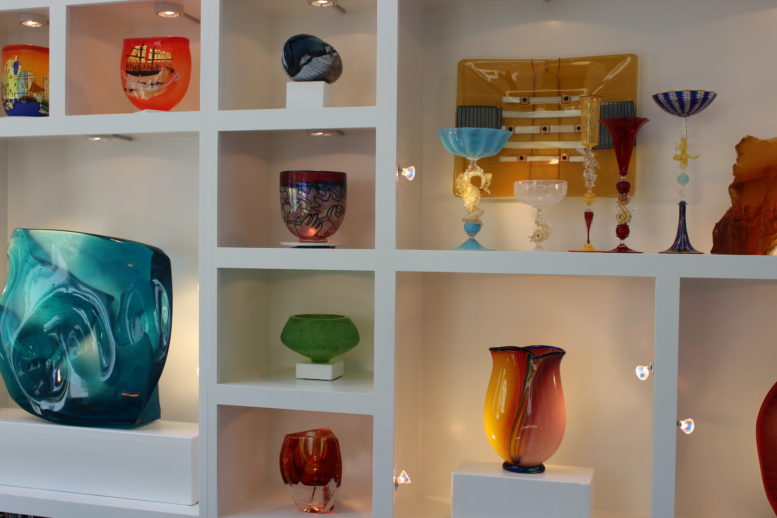From BGSU OFFICE OF MARKETING & COMMUNICATIONS
Toledo earned the nickname “The Glass City” because it is the home of four glass corporations that sell their industrial products around the world. But Toledo is also where a major artistic movement began, based on the production of art glass, in small glass studios.
The Libbey House Foundation, in collaboration with Bowling Green State University and its Department of History and School of Art, will host a symposium exploring Toledo’s role in what became known as the American Studio Glass Movement from 9:30 a.m. to 3:30 p.m. Nov. 2 at the Libbey House, 2008 Scottwood, Toledo.
The day-long symposium will feature historians, curators, artists and collectors who will discuss not only the history of the founding of the movement in a garage on the grounds of the Toledo Museum of Art in 1962, but also the legacy of that movement. The event will end with an audience discussion.
The cost of the symposium, which includes morning refreshments, lunch and an afternoon reception, is $50. Registration for students with a valid school ID is $40. Due to the size of the venue, registration is limited to 50 people. Attendees can register at squareup.com/store/libbey-house
The impetus for the symposium is the completion and electronic publication of a BGSU history master’s thesis by Kaysie Harrington. Her thesis, “The American Studio Glass Movement: A Regional Study of its Birth in Northwest Ohio,” was published in December 2018 and offers the first historical reconstruction of the origins of the studio glass movement based extensively on research in archives.
The American Studio Glass Movement began when Toledo Museum of Art director Otto Wittmann invited ceramics artist Harvey Littleton to present an experimental workshop on glassblowing at the museum. While initially Littleton struggled to make his small glass furnace work, his friend and glass researcher Dominick Labino provided the technical expertise to overcome the early problems. Seven people attended the first glassblowing workshop.
By 1969, the museum built a Glass Crafts Building to handle the number of artists who wanted to participate in the creation of glass art. Littleton and Labino’s techniques led to today’s international movement by artists like Dale Chihuly and Lino Tagliapietra.
In addition to Harrington, who will review her research, the event will include remarks by Barbara Floyd, author of “The Glass City: Toledo and the Industry That Built It;” Diane Wright, curator of glass at the Toledo Museum of Art; glass artists Jack Schmidt, Baker O’Brien, Shawn Messenger and Adam Goldberg; and glass collectors Lee and Milt Hakel, Gail Zimmerman and Jim Moore.
Marc Folk, executive director of the Arts Commission of Greater Toledo, will end the symposium by leading an audience discussion of the impact of the movement on the city and its possible role in the future development of Toledo.

